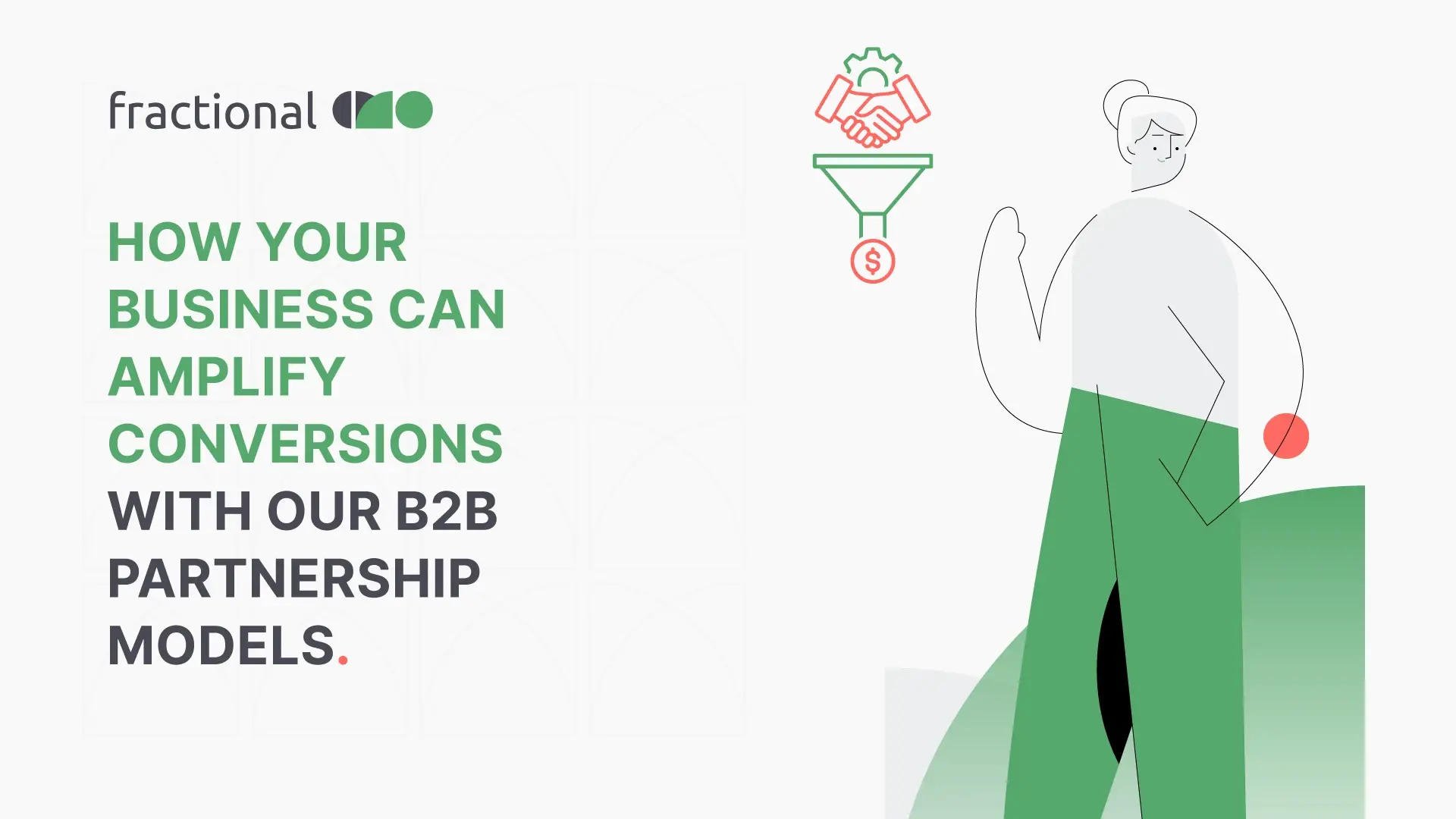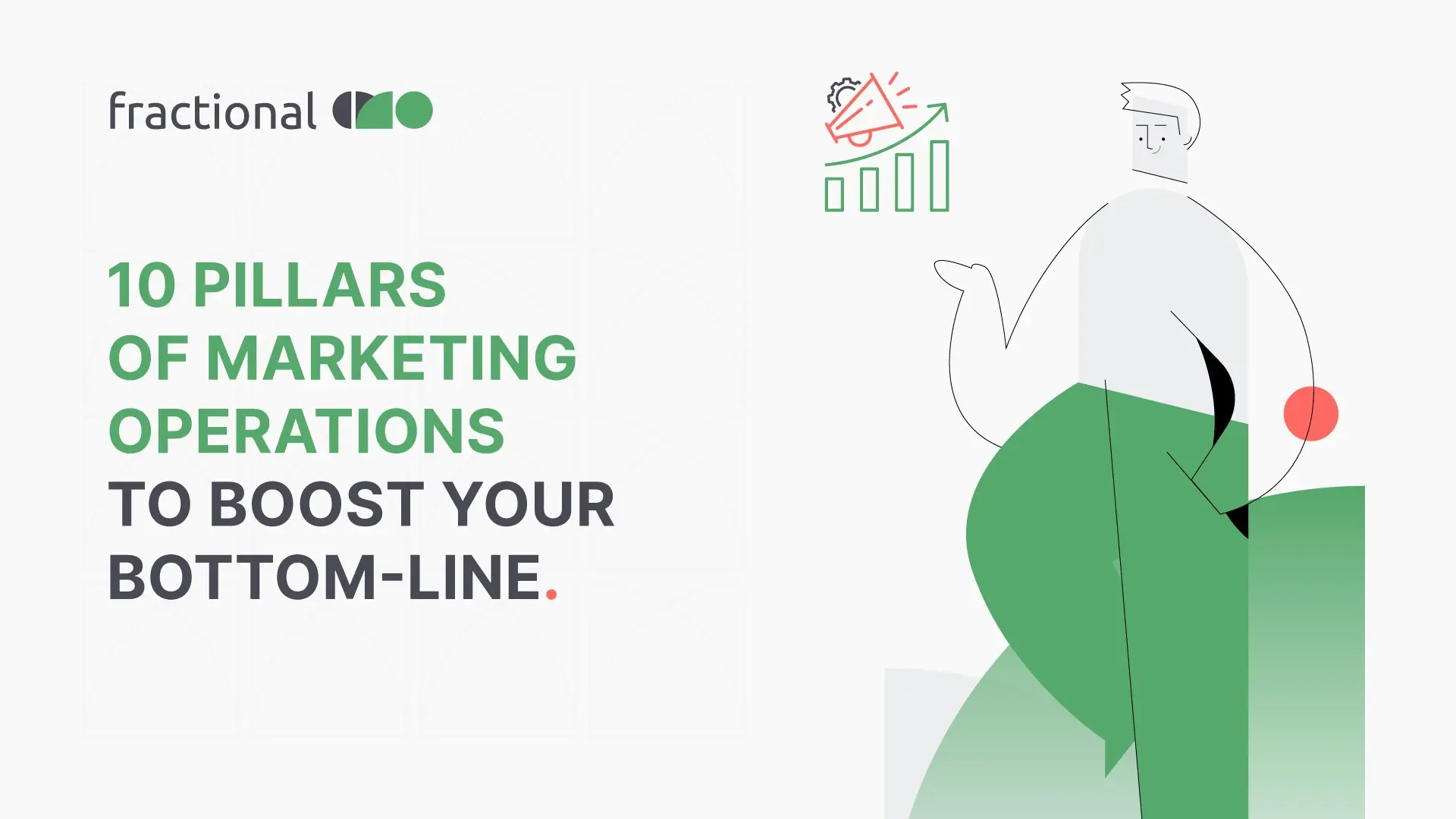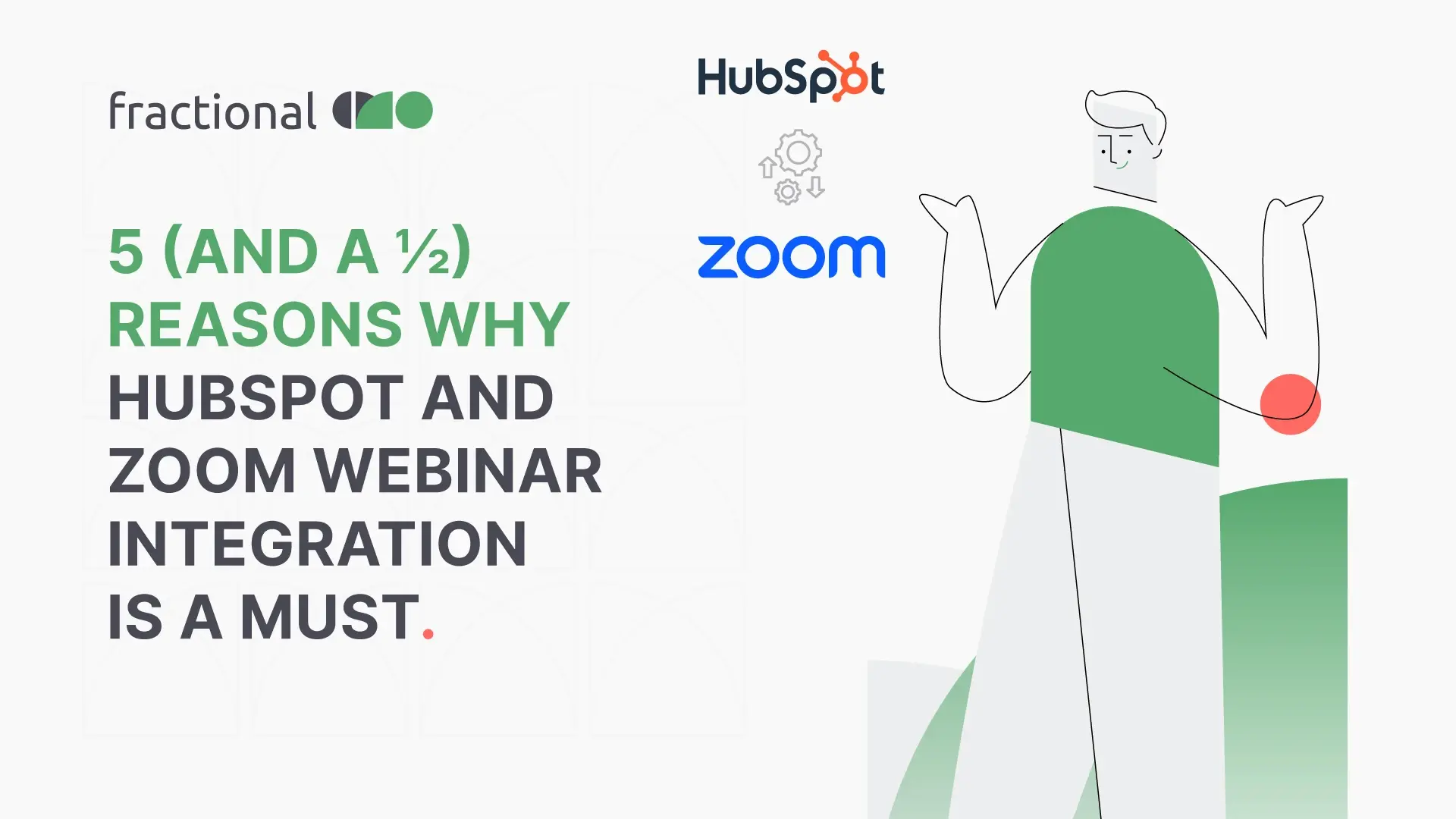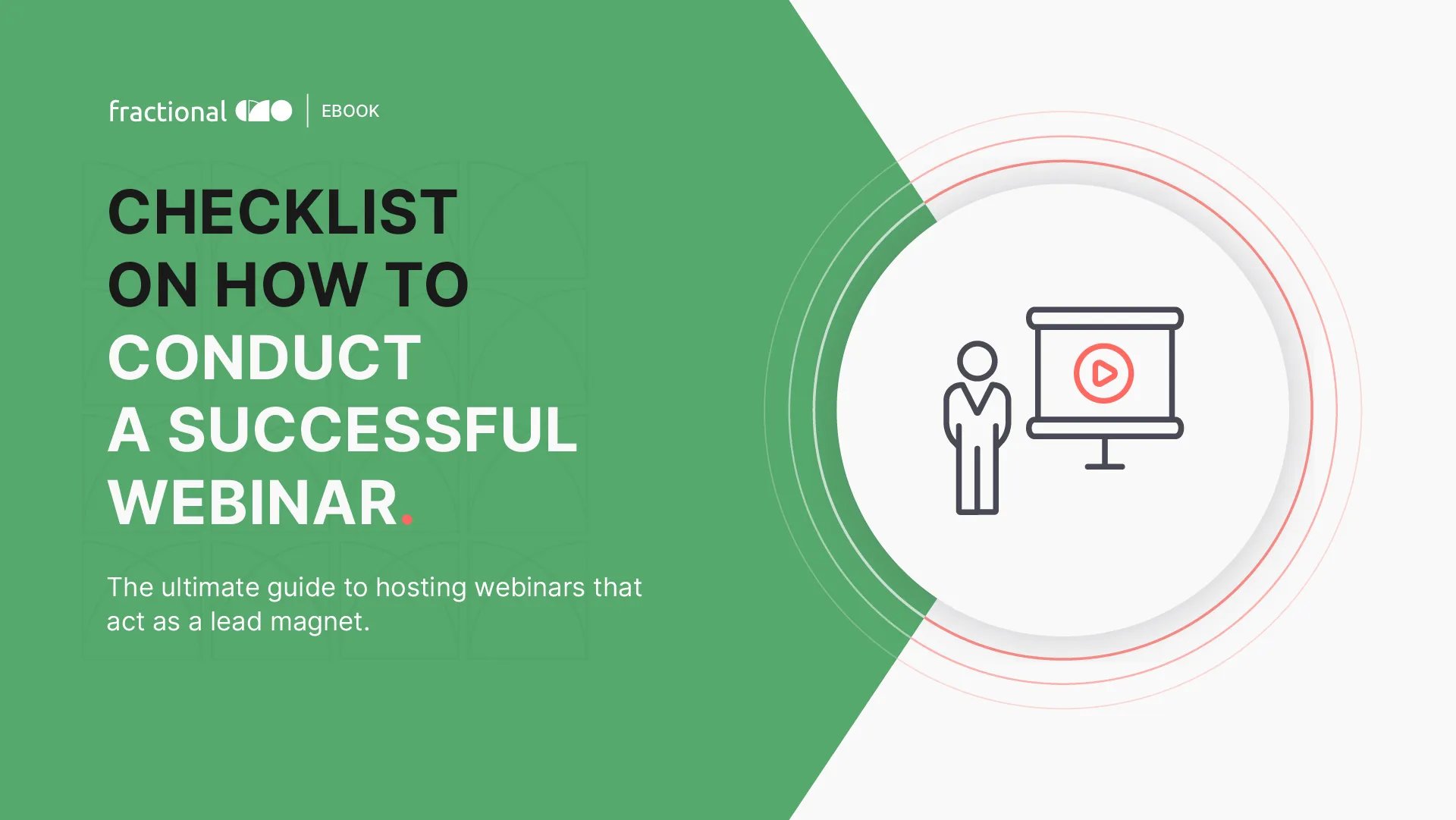How to run a successful lead generation campaign
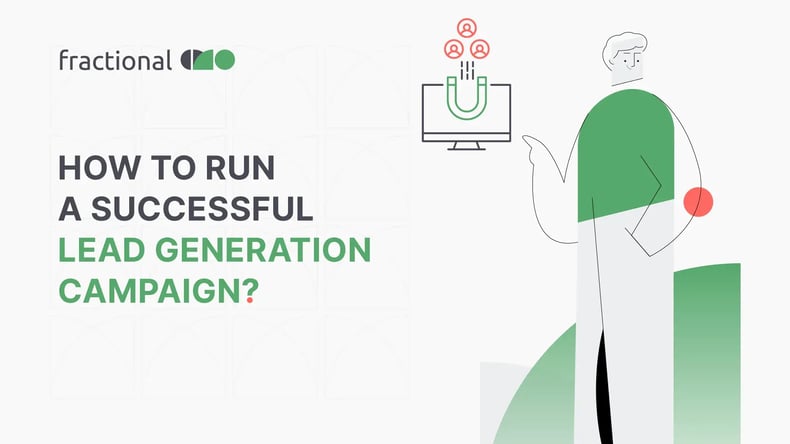
Generating digital leads today is as tricky as it can get.
Customer awareness is at an all-time high, making even the most shrewd marketing campaigns being subject to logical scrutiny. And that’s just the tip of the iceberg.
The fact is, prospects no longer want to be sold to. They want you to sell the ‘why’ instead of the ‘what’. The end result? Lead generation has undergone a fundamental shift, one that needs to be embraced (and might actually be the biggest reason why your B2B lead generation campaigns are not working as you expect them to.
Is all this hustle worth it? Data suggest so. Companies that capture 40% of more leads from online channels generally witness sky-rocking growth levels.
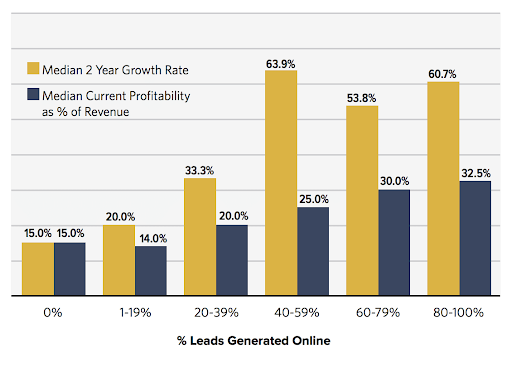
Source: Taboola
Today’s blog takes a deep dive into how you can tip the scales to your advantage and create a conversion-hungry campaign from the ground up!
What Is Lead Generation?
If you are not familiar with the terminology, lead generation is simply the process of attracting prospective or potential customers to check out the products or services of your company with the aim of making them interested in buying. The keyword here is “interested” as lead generation does not focus on making sales. Instead, it focuses on increasing the number of prospects that are interested in becoming customers.
Lead Generation Process
From a bird’s eye view, lead generation simply follows the basics of marketing funnels:
- A prospect comes across the marketing collateral of an organization either organically or through a paid marketing channel (such as social media).
- He/she engages with the marketing message and interacts with the CTA to land on the landing page.
- The page then captures the information of the prospects, maybe in exchange for some value, such as an offer or report.
And bam! The lead has been officially captured.
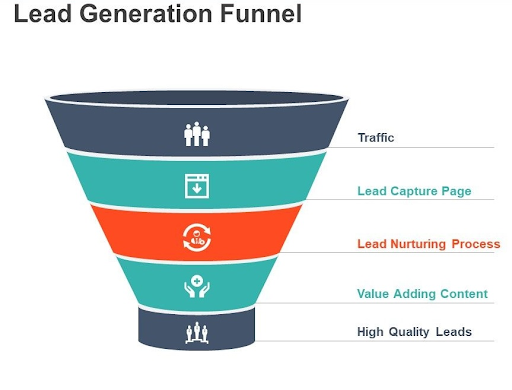 Source: Busyorders
Source: Busyorders
While all this looks good on paper, it can only be executed with panache if you are executing every step with near perfection.
Building Blocks of Ideal Lead Generation Campaigns
Lead generation follows the natural extension of creating your favorite dish in the kitchen. You need to add all the ingredients in just the right quantities for a signature flavor to take effect.
So which lead generation building blocks should you use to maximize the number of quality leads? Here’s a panoramic view:
- Content Marketing Strategy: This is the core of any successful lead-generation campaign. The right content strategy and its efficient execution will engage your prospects and keep them coming back for more. And when they do arrive on your landing page, the right message can address their reservations and motivate them to part with their contact information.
- Lead Generation Web Page: This is a no-brainer, of course! You cannot make a sale without a functional store or wagon. A lead-generating web page takes charge, hereby acting as the last line of defense against failed campaigns. They are often the first web page that prospects interact with and contain highly targeted forms to capture essential information.
- CRM System: So the prospect has finally filled out the form and converted into a fresh lead. But what happens next? It is important to neatly collect and make sense of the information as and when required. And that’s where a CRM comes in. It stores critical information about leads, including website, email, phone number, mailing address, and more. The information is then utilized to quality leads and nurture them into sales.
- Email Marketing: Capturing lead information is just the first step. You also need to nurture them to convert them from cold to hot leads. Email marketing campaigns are a perfect way to remind prospects about your value proposition and keep them wanting more (but only if done right).
- Ads and Retargeting: Another niche marketing tool that takes a more direct route by using paid advertising. Both new and old prospects can be targeted here with dedicated messages, functioning as a supporting marketing channel.
- Referral Sep-up: Often underappreciated in the marketing world, referrals are the lifeblood of any business. And any successful lead generation campaign should take it into account. Not only does it get your brand more exposure but can also drastically increase your chances of landing more leads.
Steps to Create a Successful Lead Generation Campaign
Let’s explore how you can smartly weave together every intricate lead generation element in your campaign by catering to them one by one. And while we are at it, we will keep a simple mantra at the back of our minds - true marketers measure and analyze everything.
Find your why
Why does this campaign exist? Let this be the starting point on which you build your foundation. Typical steps here should include:
- Defining the target audience and personas of your campaign
- Establish your campaign’s goal(s)
- Determining the number of target leads
The quickest way to achieve all this (and more) is to answer typical questions such as:
- What is the best way to reach your target audience?
- What do you want to achieve with the target interaction?
- What do you expect your audience to do?
- How will the lead generation efforts be evaluated?
- What is the definition of “success” for such a campaign?
Plan the content
Once you have the target message and audience, the next step is to determine the best delivery method. This begins with aligning every word with the final campaign’s objectives and overall end results. Content marketing channels to focus on here include blogs, website content, social media, videos, and third-party websites relevant to your industry (such as Quora or review websites).
In addition to this, you should be able to comfortably answer questions such as:
- How will the PPC advertising strategy that will complement your content strategy?
- Which keywords would you be targeting as a part of your SEO strategy?
- Would you need any active consultation from dedicated marketing professionals?
Nail your offer
Why would a prospect be interested in your offering if its value is not even perceived in the right light? This is the challenge to address in this step by creating a powerful lead magnet that is tied with the right CTA.
A handy list of campaign offers and CTAs:
- Download a specific resource - report, datasheet, PDF, ebook, etc.
- Register for a product trial, service demo, event, etc.
- Enter content or a giveaway frenzy.
- Subscribe to an email list, such as a monthly newsletter.
- Sign up for a course or educational video series.
- Complete a survey or a specific assessment.
- Request for a callback, quote, or demonstration.
- Receive a coupon or discount.
Promote the campaign/content
You have the message and the promotion figured out. Now it’s time to spread the word. Effective channels of promotion can include:
- Website promotion: The idea is to add the details of the campaign in multiple places on the website without disrupting its functionality. Places where you can add this include:
- Sidebars of pages
- Bottom of blog posts
- Pop-up notifications
- CTAs at the end of pages
- Hero images on the home page
- Sharing with subscribers: Put your email lists and social media connections to good use. Since these are already subscribed to your list, they are more likely to engage and convert.
- Paid Adverts: Leverage paid ads on Google and Facebook to put your campaign in front of your target audience. You can even optimize the spending and reduce the acquisition costs by A/B various options.
Perfect your landing page
Your landing page should be doing everything in its power to capture leads and boost conversions. While you may already have one, it’s time to optimize it by referring to heatmaps and behavioral data. Key elements of a high-converting landing page include:
- Design: Good aesthetics that did your web funnels and include elements such as:
- High-quality images
- Engaging videos
- White pages
- Topography
- Web copy: Never confuse this for your regular blog post. Web page copy should be to the point, communicate your USP, highlight your brand, and more. Key elements to focus here include:
- Attention-grabbing headline
- Client testimonials
- Achievements & accolades
- Persuasive words
- Consistency and authority
- Social proof
- Keywords
- CTA: The last thing that a prospect sees or reads before converting into a lead. Critical elements include:
- CTA buttons
- CTA color
- CTA text
- CTA size
- Engagement Strategy: What all sections should be included on the web page? And how should the key message be delivered? Typical engagement strategies can range from extending a money-back guarantee and using the decoy pricing effect to even trust badges.
Prepare a lead scoping method
Many marketers make the mistake of developing a lead mechanism only after capturing leads. This can prove to be counterproductive, especially if you have no foresight to gauge the types of leads that are most likely to convert. While there can be many scoring models, common criteria include:
- Fit: how well the prospects fit the corresponding buyer persona
- Behavior: the manner in which prospects interact with the brand
- Buying stage: the position of the prospects in the sales funnel
Looking Forward
Building a lead generation that functions with 100% relevance in the near future is no easy feat. It takes numerous tries and constant A/B testing to optimize entire campaigns toward positive ROIs.
If you have been struggling with the same, FractionalCMO can intervene to help your campaigns reach the target goals and conversions. To learn how we can help you do this, get in touch with us today for a free consultation.



